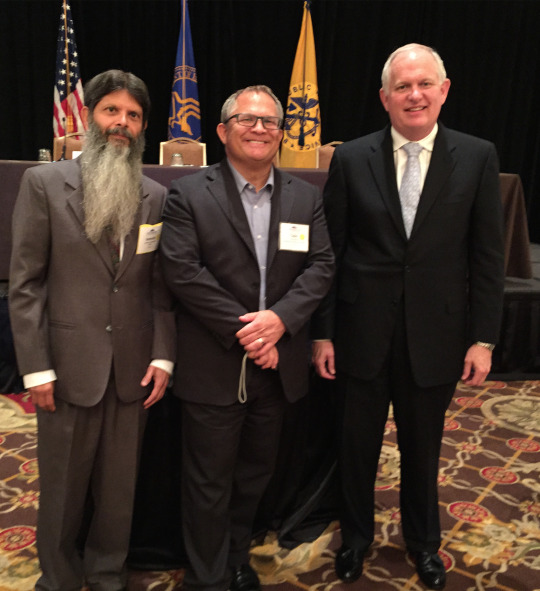Written by Colin Milner, CEO, International Council on Active Aging
It has been a year of milestones for America’s aging services. In 2015, we have seen the reauthorization of the Older Americans Act, the 50th anniversary of Medicare, the 80thanniversary of Social Security, and a White House Conference on Aging (WHCOA) that fully embraced healthy aging as a pillar.
At the WHCOA in July, “we talked about the transformation of aging in America and the engagement of all sectors of society in the benefits and promise of longevity,” states Assistant Secretary for Aging Kathy Greenlee. “Reauthorization of the Older Americans Act is an important step in achieving the goals we set.”
In a few short months the first Baby Boomers will enter their 70s. For a couple in which both partners are aged 65 years today, there is a 50% chance of one partner reaching age 92, a 25% chance of reaching 97, and a 10% chance of reaching 100, according to Merrill Lynch. What implications will all this have for society?
In order to address this challenging opportunity, governments and businesses are rethinking their responses to population aging. In fact, in July I keynoted the first-ever US Department of Health and Human Services Healthy Aging Summit for policymakers, researchers and healthcare providers. We’re seeing real support for and understanding of the need for active aging. That is the good news, but there is much more work to do.
At age 65, Boomers have an average life expectancy of about 14 years, according to the Centers for Disease Control and Prevention. However, health-related quality of life differs. Research shows that some older adults experience a long period of declining health and well-being before death, while others experience a much shorter period or none at all (Gerstorf and Ram, The Gerontologist, Epub May 2013).

Healthy Aging Summit Closing and Opening Speakers (L-R) Dr. Somnath Chatterji and Colin Milner with ODPHP Director Dr. Don Wright.
For Boomers now entering their 70s, this decade could bring significant life changes, making it all the more urgent to act now to support their health and well-being.
The cost of poor health in later life is significant for individuals, families, societies and governments, while good health provides important benefits for all. As better health becomes more vital, Boomers will seek lifestyle solutions to help, and this will impact providers of health services and housing. The very definition of “care” is expanding to include a wellness approach which will hopefully enhance health in their remaining years. The time to respond is now—not when the opportunity has passed.
I speak with people every day who talk about addressing the health needs of the older population in the future. Imagine going to a doctor who says to you, “Yes, you have a health issue, but I will address it a few years from now.” The future is now.
Twenty years ago, the Boomers began turning 50 and discussions ramped up about what their aging would mean. We’ve made progress. But it isn’t enough when we consider that this generation will soon start turning 70. Today, it’s the early GenX-ers who are entering their 50th year of life. Twenty years from now, will we still be talking about the need to act—and act quickly—as the GenX-ers enter their eighth decade and Boomers celebrate their 90thbirthdays? If we want to make a lasting difference in how people age, the time to respond is now.
Join the conversation on Twitter by sharing this sample tweet:
It’s time to view population #aging as a current event. The future is now. @colinmilner shares more on the BAYW blog: odphp.tumblr.com